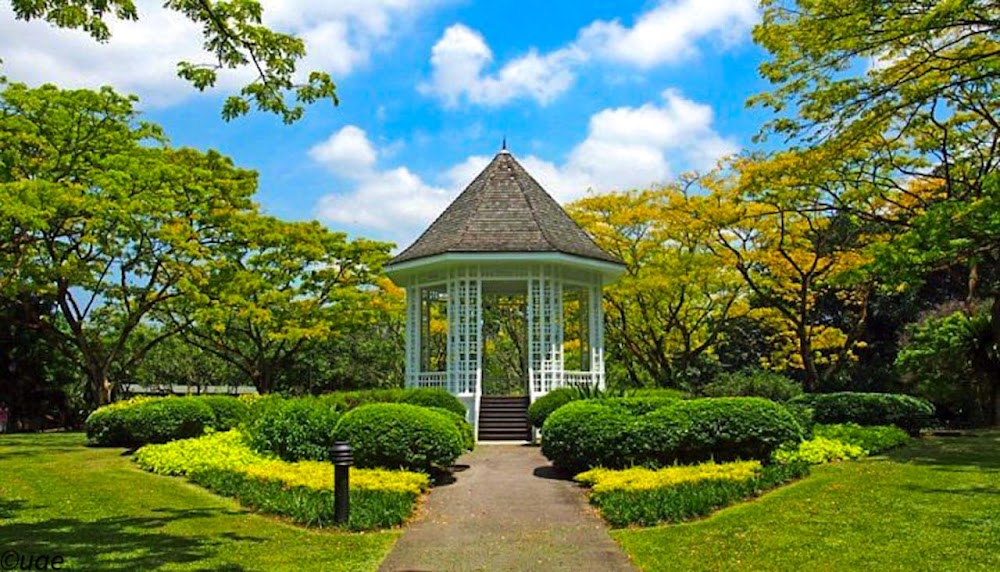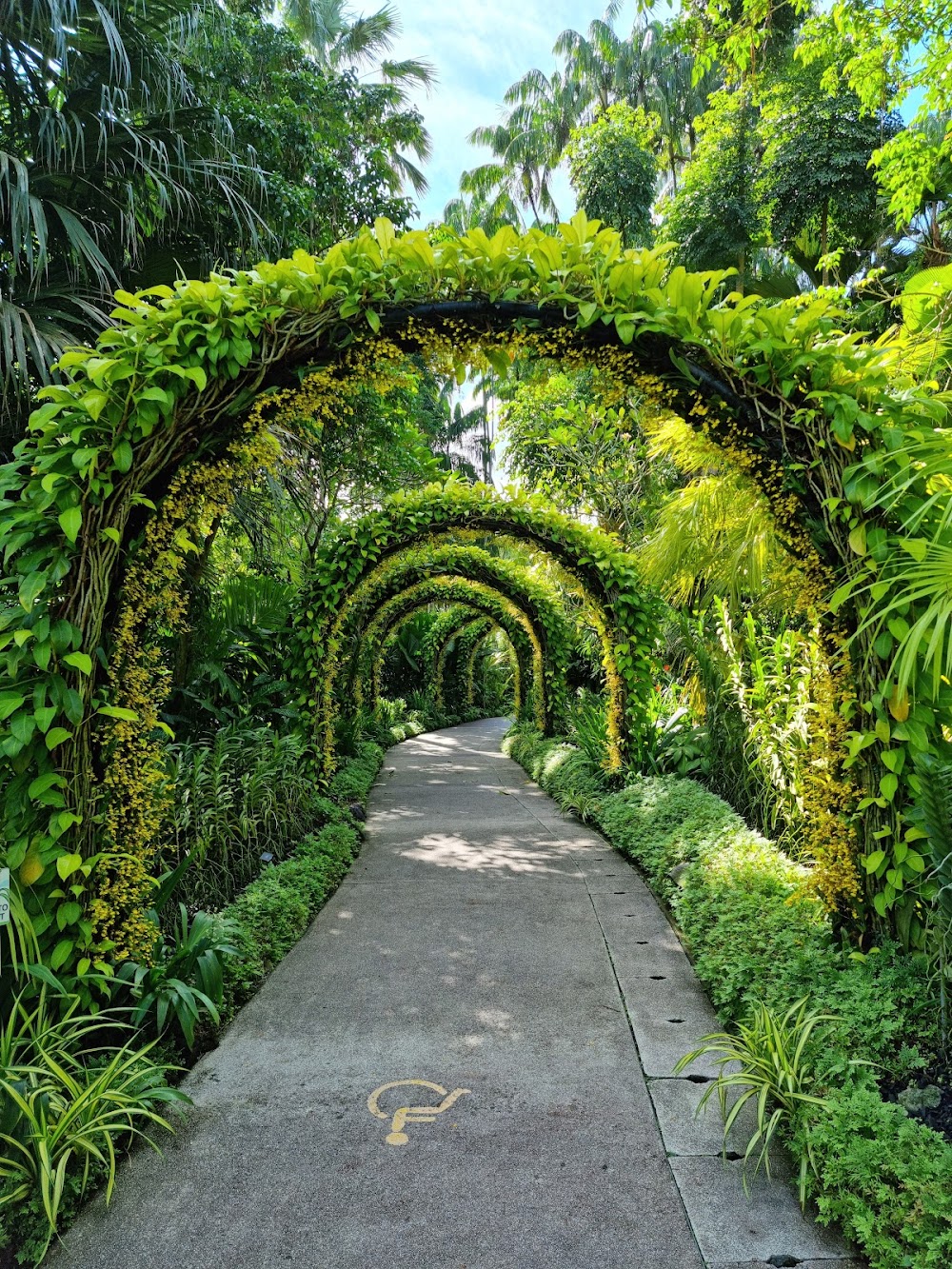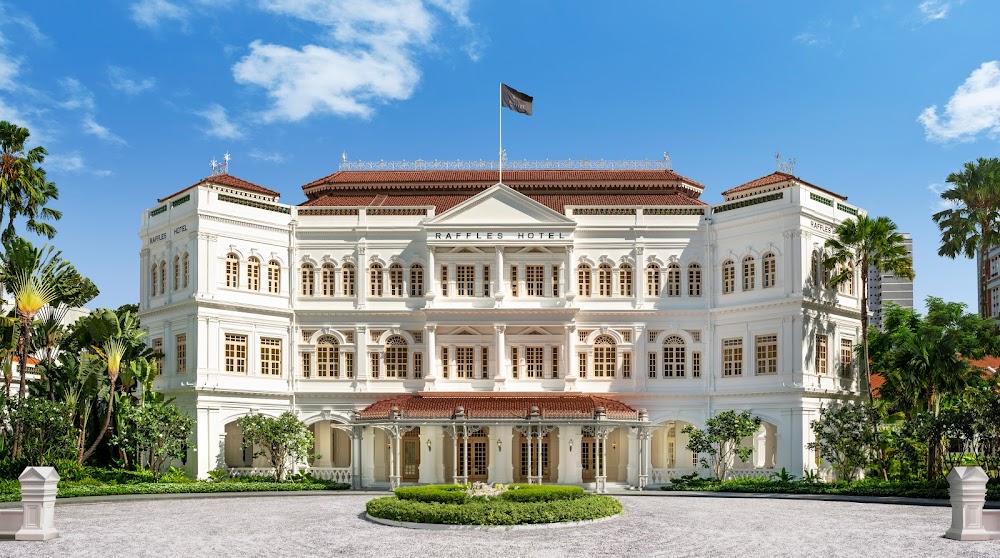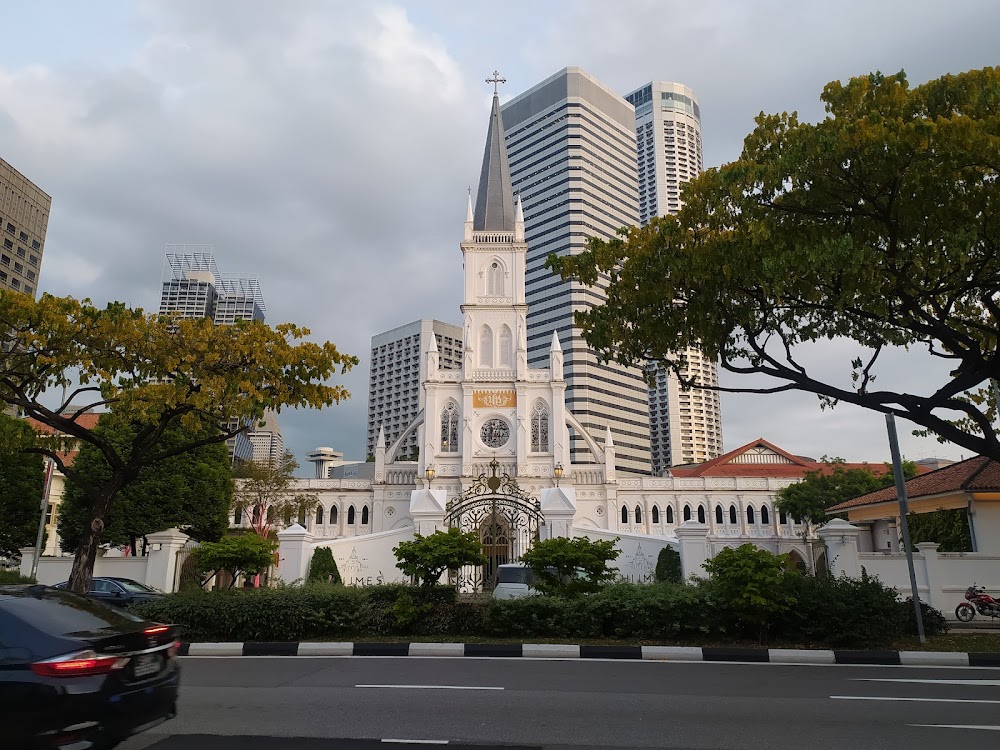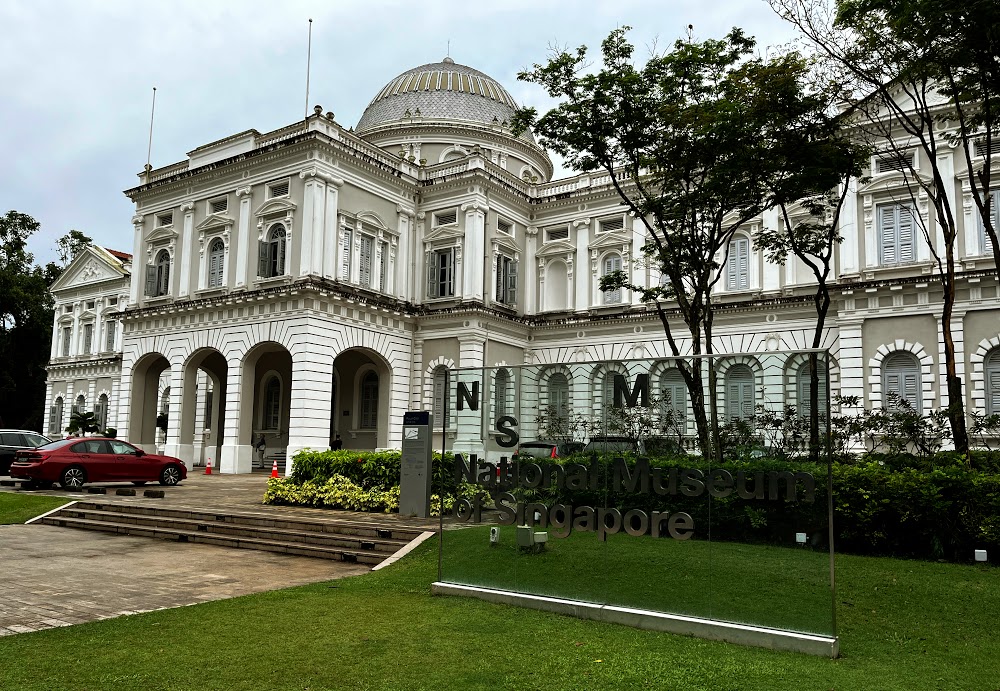Singapore Botanic Gardens (新加坡植物园)
Overview
The Singapore Botanic Gardens, nestled in the heart of Central Singapore, is a lush oasis with a rich history spanning over 160 years. Established in 1859 by the Agri-Horticultural Society, this British colonial garden was designed as both a leisure park and a research hub for cultivating crops and ornamental plants. It has since become a vital part of Singapore's identity, offering a serene escape from the urban bustle.
In its early days, the Gardens played an essential role in the cultivation of rubber, significantly impacting the economies of Singapore and its neighboring countries. Under the guidance of Henry Nicholas Ridley, the first scientific director, innovative rubber tapping techniques were developed that transformed the region into a leading producer of rubber. This focus on research solidified the Gardens' reputation as a center of botanical excellence.
The Gardens are renowned for their natural landscaping, designed in an informal English style that invites exploration. Meandering paths lead visitors through tranquil settings adorned with ornamental lakes, expansive lawns, and a stunning variety of tropical plants. One of the most picturesque spots is Swan Lake, a charming body of water dating back to the Gardens' inception, where graceful swans glide amidst the surrounding greenery.
A highlight of the Singapore Botanic Gardens is the National Orchid Garden, which opened in 1995. As the largest display of tropical orchids worldwide, this enchanting area showcases over 1,000 species and 2,000 hybrids, captivating visitors with their vibrant colors and unique shapes. Additionally, the Orchid Garden plays a crucial role in conservation, working to protect rare and endangered orchid species for future generations.
Among the Gardens' many features is the historic Bandstand, a Victorian-style gazebo that has graced the landscape since 1930. Once a venue for evening concerts, it now serves as a popular spot for photographs and quiet reflection. Nearby lies the Rain Forest, a six-hectare area that predates the Gardens, offering a glimpse into the region's natural forest ecosystem with over 314 flora species.
The Singapore Botanic Gardens continues to evolve, introducing new attractions like the Jacob Ballas Children's Garden, which opened in 2007. As Asia's first garden dedicated to children, it aims to inspire young minds about plants and environmental conservation through interactive, play-based experiences. This commitment to education ensures that the Gardens remain a vital resource for future generations.
In 2015, the Gardens achieved a remarkable milestone by being designated a UNESCO World Heritage Site. This recognition highlights its global significance in history, heritage, and ongoing contributions to botanical science and conservation, making it a cherished destination for both locals and international visitors.
Today, sustainability is at the forefront of the Gardens' mission. By integrating green practices into its operations, the Gardens promote biodiversity and sustainable horticulture. Efforts to enhance water and energy efficiency, alongside waste reduction initiatives, ensure that the Singapore Botanic Gardens can thrive amid urban pressures, serving as a green sanctuary for future generations.
Overall, the Singapore Botanic Gardens is not just a stunning venue for enjoying nature; it is a historical and scientific treasure that narrates the journey of a city-state's green heart. From its tranquil beginnings to its esteemed status as a world-renowned heritage site, the Gardens remain a beloved green lung in Central Singapore, celebrated by locals and admired by visitors from around the globe.


